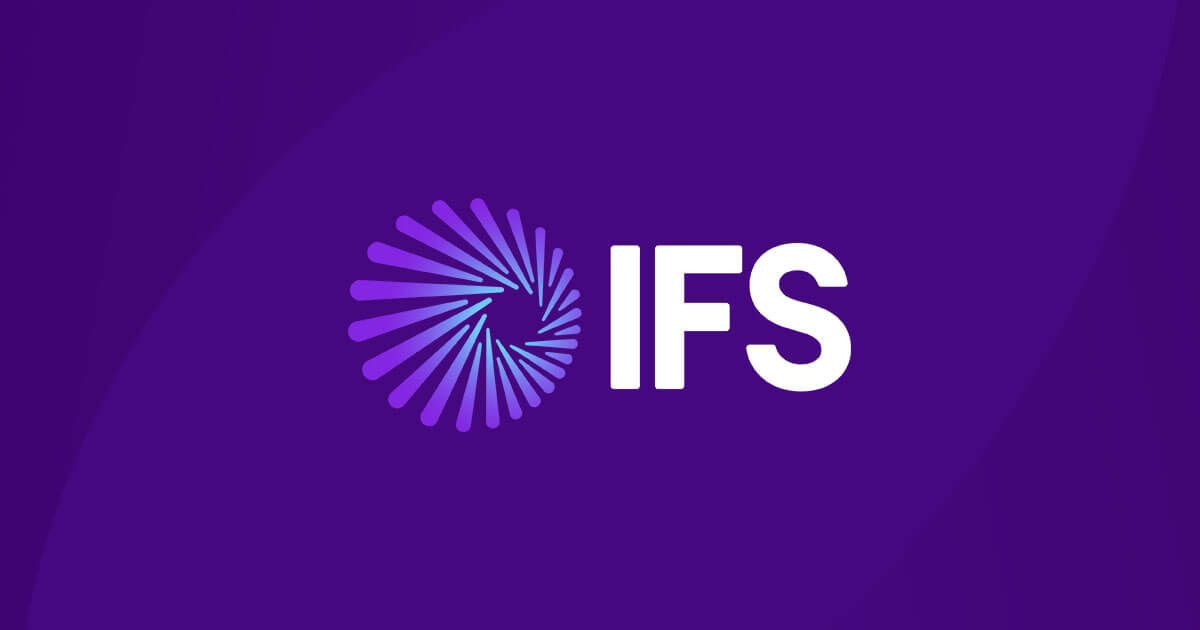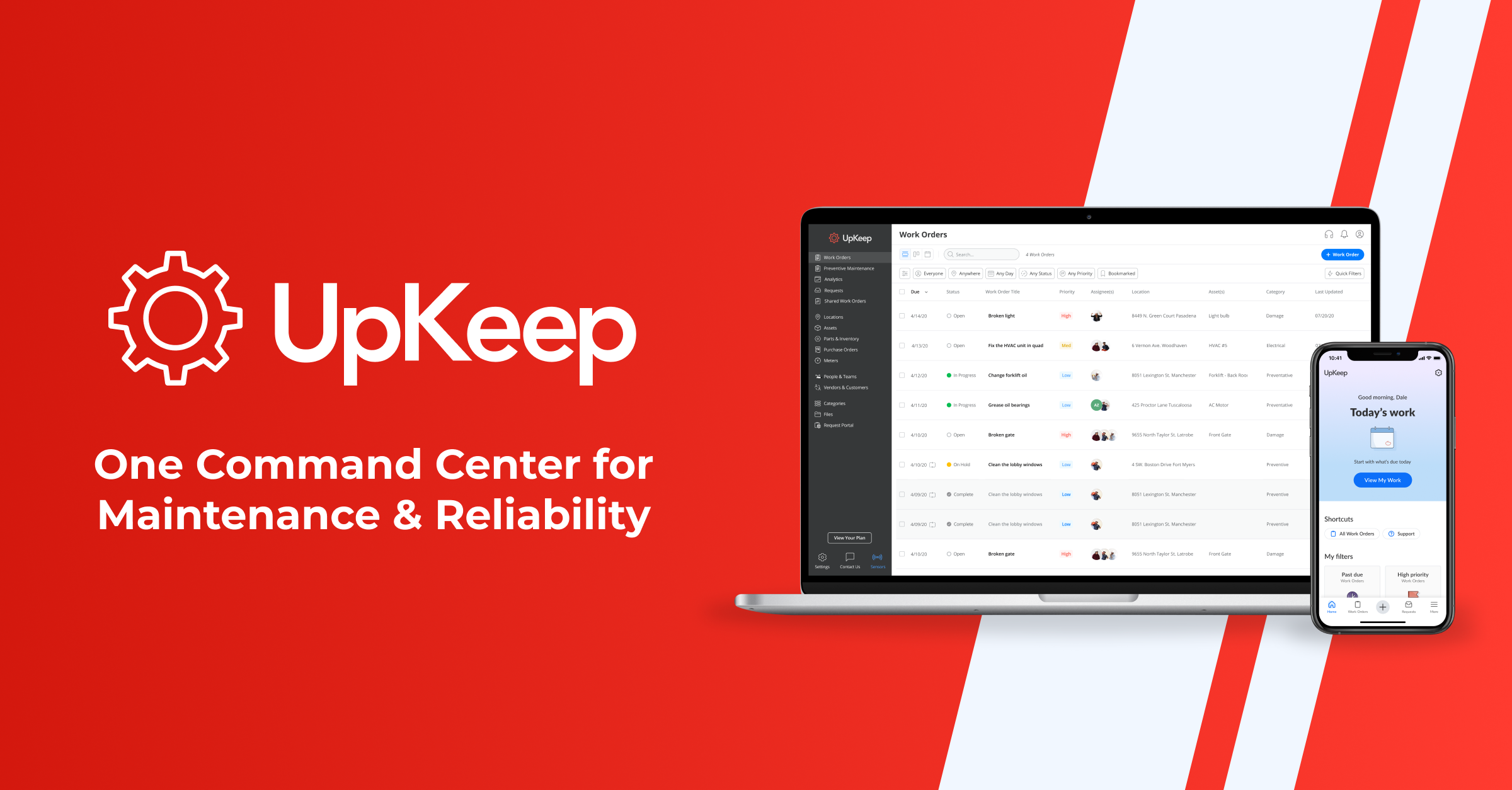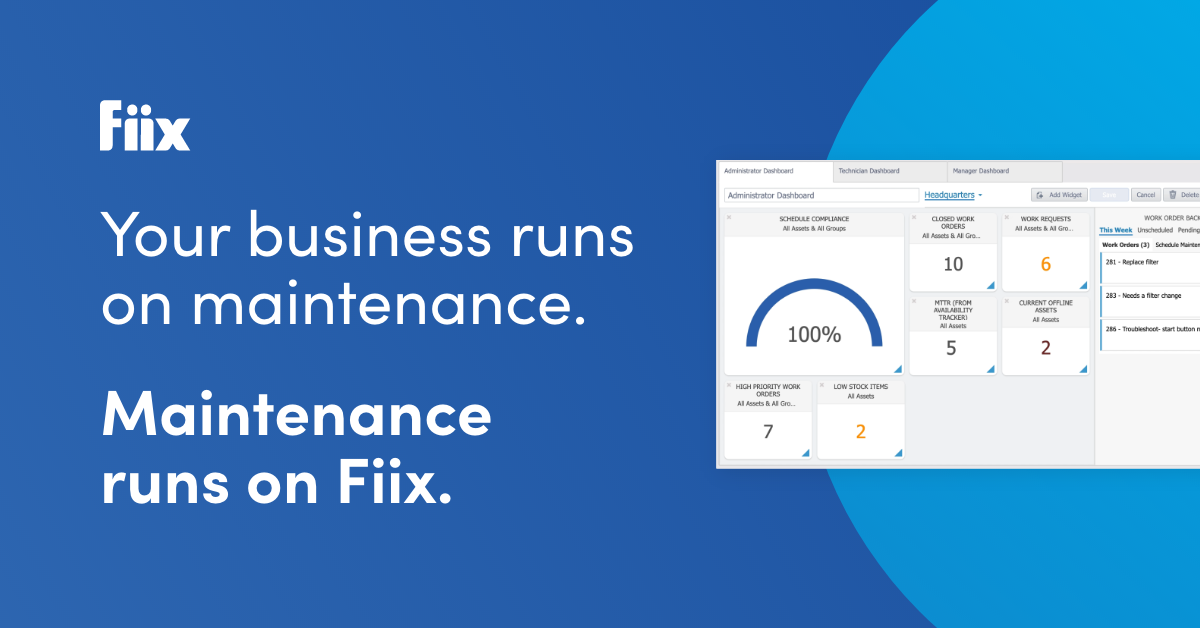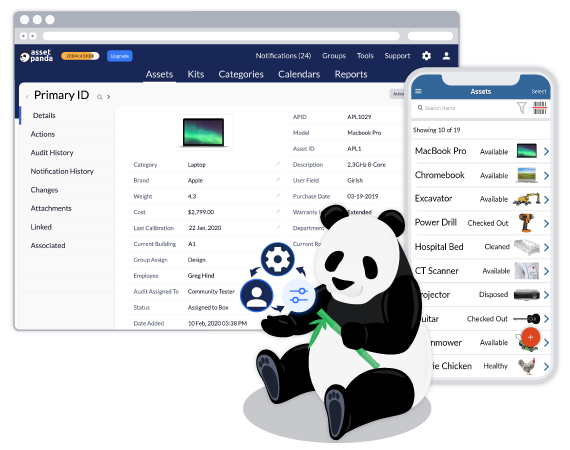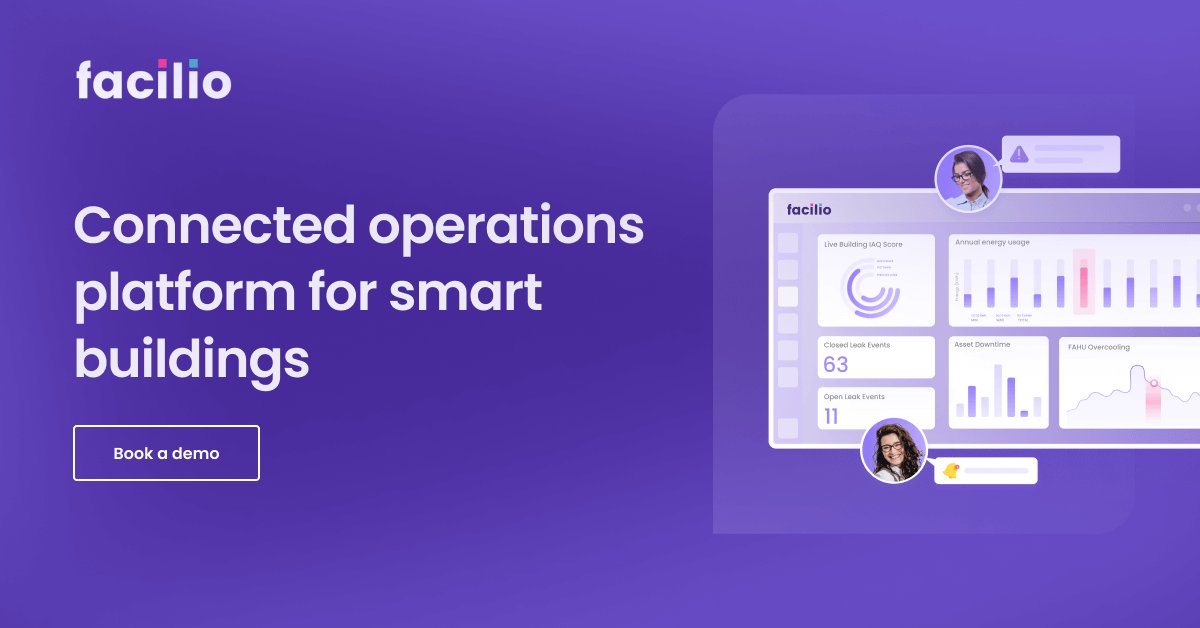Introduction
Facility management software has become essential for organizations to efficiently manage their buildings, assets and maintenance operations. However, with so many options on the market, it can be difficult to determine which solution is the best fit. This guide examines and compares 12 top facility management software providers based on key criteria to help you make an informed decision.
Methods of Evaluation
To evaluate and rank the solutions, we looked at various factors including features and functionalities, pricing and cost, ease of use, integration capabilities, customer support and reviews. We also factored in more technical ranking signals like number of backlinks, traffic and keyword search trends to determine the overall market leadership. The platforms are arranged with the top ranked provider first based on our analysis.
1. IBM TRIRIGA
IBM TRIRIGA is a cloud-based integrated workplace management system (IWMS) that allows organizations to manage their real estate, workplace and corporate facilities. Originally developed by Tririga, IBM acquired the company in 2014 and has continued enhancing the software. TRIRIGA integrates key facility management functions like asset and space management, maintenance management and project management into a single system.
Pros: Some key advantages of IBM TRIRIGA include:
– Integrates CAPEX and OPEX management in one system
– Robust maintenance management capabilities
– Offers comprehensive space, asset and inventory management
– Flexibility to integrate with other building systems
Cons: A potential disadvantage is that IBM TRIRIGA is a more expensive option compared to some other facility management software solutions.
Pricing: IBM TRIRIGA pricing is customized based on organizational requirements. However, generally it starts from $50 per user per month for the basic version for smaller organizations to $150+ per user per month for larger enterprises with additional premium features and support.
Some key stats about IBM TRIRIGA include:
– Used by over 500 clients globally across various industries
– Manages over 3 billion square feet of real estate space
– Supports over 100 languages
– Integrates with over 30 building systems via open APIs
2. Infor EAM
Infor EAM is a facilities management software solution from Infor, a leading ERP provider. Infor EAM allows organizations to streamline work orders, asset maintenance, compliance, and project management across their real estate portfolios. It offers a comprehensive facilities management platform to optimize operational efficiency and control costs.
Pros: Some key advantages of Infor EAM include:
– Flexible to adapt to changing business processes
– Advanced analytics and reporting capabilities
– Robust multi-site and multi-tenant support
– Tightly integrated with other Infor solutions like Finance, Supply Chain etc. for end-to-end visibility
Cons: One potential disadvantage is that Infor EAM is more expensive than some other facility management software options due to it being an enterprise-level solution from a large ERP provider.
Pricing: Infor EAM pricing is customized based on specific functionalities, industries, number of users/locations etc. but it typically starts from $150-$300 per user per month for the on-premise version. The SaaS version pricing starts at $100 per user per month.
Some key stats about Infor EAM include:
– Used by over 5,000 customers globally across various industries like healthcare, manufacturing, government etc.
– Supports over 150,000 daily users
– Provides a single connected view of all assets and facilities across multiple locations
– Integrates with other Infor solutions like Infor CloudSuite Industrial for enhanced EAM capabilities
3. IFS Cloud
IFS Cloud is a cloud-based facility management software developed by IFS, a global enterprise software company. IFS Cloud offers an integrated IWMS (Integrated Workplace Management System) solution that allows organizations to manage their real estate, maintenance, and service delivery from a single platform.
Pros: Some key advantages of IFS Cloud include:
– Advanced multi-tenant cloud IWMS solution
– Powerful mobile apps for anytime access to the platform
– Seamless integration with other IFS solutions such as ERP and EAM
– Customizable workflows and process automation capabilities
Cons: A potential disadvantage is that as a cloud-based solution, it requires an internet connection to access the platform unlike some on-premise facility management software.
Pricing: IFS Cloud pricing is based on the number of users, assets under management, and desired functionality/modules. Contact IFS sales for a customized quote.
Some key stats about IFS Cloud include:
– Used by over 10,000 customers worldwide across various industries
– Deployed in the cloud which allows for seamless scaling
– Over 30 years of experience developing enterprise asset management and service management solutions
4. Housecall Pro
Housecall Pro is a leading facility management software designed specifically for service-based businesses. In business since 2006, over 35,000 field service professionals across industries such as cleaning, pest control, plumbing, HVAC, and more rely on Housecall Pro’s all-in-one platform to streamline operations and deliver exceptional customer experiences.
Pros: Key advantages of Housecall Pro include:
– Specialized for service-based industries like cleaning, pest control, plumbing, HVAC, and more
– Intuitive mobile apps for seamless job management on the go
– Comprehensive service management capabilities including scheduling, dispatch, invoicing, payments, and more
– Highly configurable dashboard views tailored to your specific KPIs and business needs
Cons: A potential disadvantage is the monthly subscription pricing model which requires ongoing costs compared to one-time software licenses.
Pricing: Housecall Pro offers simple and transparent monthly pricing starting at $49 per user per month for the Standard plan. Additional premium plans include Pro ($79/user/month) and Business ($99/user/month) with added features like unlimited users, custom branding, Salesforce CRM integration, and priority support.
Some key stats about Housecall Pro include:
– 35,000+ field service businesses use Housecall Pro globally
– Intuitive mobile apps available on iOS and Android
– Customizable dashboards and reports with key metrics and KPIs
– Integrations with payment processors, CRM tools, and more
5. UpKeep
UpKeep is a cloud-based CMMS (computerized maintenance management system) and EAM (enterprise asset management) software. Founded in 2013, UpKeep helps organizations effectively manage maintenance operations and asset performance. The platform offers a complete solution for work order management, asset lifecycle tracking, inventory management, and more.
Pros: Some key advantages of UpKeep include:
– Simple and easy to use interface
– Customizable asset and maintenance templates
– Integrates work orders, inventory and purchasing
– Robust mobile experience for field staff
Cons: A potential disadvantage is that UpKeep is missing some advanced analytics capabilities that some higher-end CMMS solutions offer.
Pricing: UpKeep offers flexible pricing plans starting from $50 per user per month for the basic Core plan up to $150 per user per month for the top Enterprise plan. Volume discounts are also available for larger deployments.
Some key stats about UpKeep include:
– Over 1000 customers worldwide across various industries
– Processes over 5 million work orders annually
– Integrates with over 50 systems including SAP, Oracle and Salesforce
– Features a mobile app used by over 50,000 maintenance professionals monthly
6. Accruent Meridian
Accruent Meridian is a comprehensive integrated workplace management system (IWMS) developed by Accruent to help organizations more efficiently manage their real estate portfolio, workplace and assets. In use by hundreds of organizations worldwide, Accruent Meridian allows for the unification of traditionally siloed functions to provide a holistic view of facilities and resources.
Pros: Key advantages of Accruent Meridian include its comprehensive IWMS capabilities for medium to large organizations, advanced space, asset and maintenance management functionality, robust project and purchase order management features, and configurable analytics and dashboards for helpful insights.
Cons: A potential disadvantage is the upfront investment and implementation time required for a large enterprise system like Accruent Meridian aimed at medium to large organizations.
Pricing: Accruent Meridian pricing is customized based on organizational size, modules implemented, and professional services required. Implementation typically ranges from $100,000 to over $1 Million with ongoing annual software and support fees.
Some key stats about Accruent Meridian include: manages over 2 billion square feet of real estate globally, over 1000 customers in a variety of industries including education, healthcare and commercial real estate, integration with over 40 third party systems such as MS Office, and configurable to support organizations with 10,000+ employees and assets.
7. Fiix
Fiix is a cloud-based computerized maintenance management system (CMMS) software that helps organizations efficiently manage maintenance and facility operations. Founded in 2009 and headquartered in Dublin, Ireland, Fiix now serves over 10,000 customers across 90 countries worldwide.
Pros: Some key advantages of Fiix include:
– AI capabilities for predictive maintenance to prevent failures and downtime
– Intuitive mobile apps for technicians to capture inspections, photos and complete work orders on the go
– Seamless integration with third party systems like ERPs for a centralized view of operations
– Highly customizable to meet the unique needs of any industry and use cases
Cons: A potential disadvantage is that the extensive customization and integrations may require more time and resources to implement compared to other off-the-shelf CMMS solutions.
Pricing: Fiix offers flexible pricing based on the number of users and assets under management. There are no long term contracts. Pricing starts from $49 per user per month for the basic plan for up to 50 users and 5000 assets.
Some key stats about Fiix include:
– Over 10,000 customers globally across various industries like healthcare, education, retail and more
– Supports maintenance for over 500 million square feet of facilities
– Processes over 10 million work orders annually
– Integrates with over 50 systems like Salesforce, ServiceNow and more
8. Asset Panda
Asset Panda is a leading facility management software that helps optimize maintenance of assets and fixed equipment. Founded in 2010, Asset Panda provides a comprehensive cloud-based platform to manage assets, projects, work orders and maintenance schedules. With customers ranging from small businesses to large enterprises, Asset Panda helps organize maintenance programs and reduce operating costs.
Pros: Some key advantages of Asset Panda include:
– Simple and easy to use interface
– Comprehensive asset, maintenance and project management capabilities
– Robust preventive maintenance capabilities
– Affordable pricing and scalable platform for small to medium-sized businesses
Cons: A potential disadvantage is that the more advanced enterprise features may not be needed for some very small businesses with fewer assets.
Pricing: Asset Panda offers simple and affordable pricing plans starting from free for up to 10 assets. Their basic plan starts at $15/month for up to 100 assets. Additional premium plans are available for larger asset volumes and advanced features.
Some key stats about Asset Panda include:
– Over 5,000 customers worldwide
– Manage over 15 million assets
– 99.9% uptime guaranteed
– Mobile app available for iOS and Android
9. Clearent Maintenance
Clearent Maintenance is a facility management software that helps organizations streamline their maintenance operations. In business since 2001, Clearent provides a comprehensive solution for work order management, purchasing, inventory control, and mobile access. Their software aims to increase efficiency, reduce costs, and ensure compliance through automation and transparency.
Pros: Some key advantages of Clearent Maintenance include:
– Intuitive interface for quick set up and training
– Powerful maintenance, inventory and purchasing modules to streamline operations
– Comprehensive mobile apps for anytime access to tasks, inventory and more
– Highly customizable to fit the needs of any size or type of facility
Cons: One potential disadvantage is that the platform may have a steeper learning curve for facilities with specialized or complex requirements. Additional customization or integration work may be needed.
Pricing: Clearent Maintenance offers flexible pricing based on the number of users and modules required. On average, customers can expect an annual cost of $3,000 to $15,000 depending on the feature set and subscription level selected.
Some key stats about Clearent Maintenance include:
– Used by over 5,000 customers worldwide across various industries
– Processes over 50 million work orders annually
– Integrates with over 50 systems including accounting and ERP platforms
– Named a top facility management solution by multiple industry analysts
10. Facilio
Facilio is a property operations platform that leverages AI and automation to optimize building operations. The company was founded in 2013 and is headquartered in San Francisco, California with additional offices in India. Facilio aims to help building owners and operators simplify complex property operations through an integrated workplace management system (IWMS).
Pros: Some key advantages of the Facilio platform include:
– AI powered predictive building analytics that can forecast equipment failures and optimize maintenance scheduling
– Integrated IWMS and building workflow automation to streamline operations
– Powerful mobile apps for field staff to manage work from any location
– Robust maintenance, work orders and project management tools
Cons: A potential disadvantage is that the upfront implementation and setup costs may be higher than some other facility management software options. However, Facilio claims the platform pays for itself through increased efficiencies over time.
Pricing: Facilio pricing is customized based on the size and needs of each organization. General pricing models include per asset (building, equipment, etc.) pricing or annual software subscription fees starting at $10,000-20,000 per year.
Some key stats about Facilio include:
– Over 950 buildings and 100+ million square feet managed on the platform globally
– Used in over 30 countries worldwide
– Tracks over 1.5 million work orders, projects and maintenance tasks annually
– Powers field staff for over 100 service providers
11. Maintenance Connection
Maintenance Connection is a web-based computerized maintenance management software (CMMS) developed by Accruent to manage maintenance operations. In use by over 4,500 clients across various industries, Maintenance Connection allows organizations to streamline maintenance, repair, and operations tasks.
Pros: Some key advantages of Maintenance Connection include:
– Comprehensive preventive maintenance capabilities to plan and schedule maintenance tasks
– Sophisticated work order management system to dispatch and track jobs
– Integrated parts and inventory system to manage spare parts and consumables
– Flexible asset information database to store vital records of equipment
Cons: One potential disadvantage is that the software is only available as a cloud-hosted SaaS solution with no on-premise installation option. This means organizations have to subscribe to ongoing licensing fees rather than make a one-time purchase.
Pricing: Maintenance Connection pricing is based on number of assets under management and starts from $3,000/year for the basic plan covering up to 500 assets. Subscription costs increase progressively for higher asset quantities. The software also utilizes a per-user licensing model for different user roles like technicians, managers etc.
Some key stats about Maintenance Connection include:
– Used by over 4,500 clients globally across industries like healthcare, education, manufacturing, and more
– Supports multi-site and multi-industry implementations
– Robust asset management database that can track over 500,000 assets
– Intuitive mobile app for Work Order management on the go
12. Hippo CMMS
Hippo CMMS is a cloud-based computerized maintenance management system (CMMS) tool that helps organizations simplify maintenance operations and improve asset reliability. In business for over 15 years, Hippo CMMS serves customers across various industries including healthcare, education, manufacturing, and more.
Pros: Some key advantages of Hippo CMMS include:
– Powerful AM/PM capabilities
– Intuitive work order management
– Robust asset tracking features
– Easy mobile access for technicians
Cons: One potential disadvantage is that the mobile apps require an internet connection to access work orders and asset details offline.
Pricing: Hippo CMMS offers straightforward monthly pricing plans starting from $49 per user per month for the Basic plan.
Some key stats about Hippo CMMS include:
– Over 1500 customers worldwide
– Supports maintenance for over 100 million assets
– Mobile apps used by over 50,000 technicians globally
Q-Mark Probe Styli | Styli That Work With All Probe SystemsQ-Mark Manufacturing Inccmms.com
Conclusion
With the right facility management software, your organization can optimize operations, reduce costs and achieve compliance. We hope this comparative guide helps you narrow down your options and choose the solution that best meets your specific needs and budget. Be sure to thoroughly evaluate feature lists, pricing options and customer testimonials to select the platform that will deliver the most value for your business.





